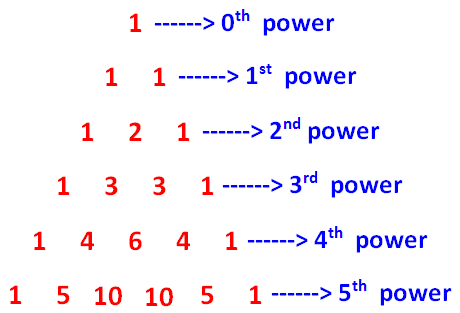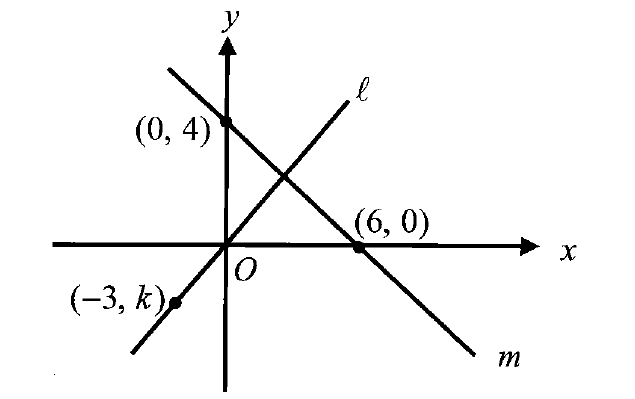CONSTANT OF PROPORTIONALITY
The value of the constant of proportionality is depending on the type of proportion we have between the two quantities.
There are two types of proportion :
1. Direct proportion
2. Inverse proportion
Direct Proportion
If y is directly proportional to x, then we have
y = kx
where k is the constant of proportionality.
Inverse Proportion
If y is inversely proportional to x, then we have
y = k/x
where k is the constant of proportionality.
Identifying Proportional Relationships
If two different quantities are given, how to check whether the relationship between them is proportional?
We have to get ratio of the two quantities for all the given values.
If all the ratios are equal, then the relationship is proportional.
If all the ratios are not equal, then the relationship is not proportional.
Example 1 :
Examine the given table and determine if the relationship is proportional. If yes, determine the constant of proportionality.

Solution :
Let us get the ratio of x and y for all the given values.
4/48 = 1/12
7/84 = 1/12
10/120 = 1/12
When we take ratio of x and y for all the given values, we get equal value for all the ratios.
Therefore the relationship given in the table is proportional.
When we look at the above table when x gets increased, y also gets increased, so it is direct proportion.
Then, we have
y = kx
Substitute 4 for x and 48 for y.
48 = k(4)
12 = k
So, the constant of proportionality is 12.
Example 2 :
Examine the given table and determine if the relationship is proportional. If yes, determine the constant of proportionality.

Solution :
Let us get the ratio of x and y for all the given values.
1/100 = 1/100
3/300 = 1/100
5/550 = 1/110
6/600 = 1/100
When we take ratio of x and y for all the given values, we don't get equal value for all the ratios.
So, the relationship given in the table is not proportional.
Example 3 :
Examine the given table and determine if the relationship is proportional. If yes, determine the constant of proportionality.

Solution :
Find the ratio of x and y for all the given values.
2/1 = 2
4/2 = 2
8/4 = 2
10/5 = 2
When we take ratio of x and y for all the given values, we get equal value for all the ratios.
Therefore, the relationship given in the table is proportional.
When we look at the above table when x gets increased, y also gets increased, so it is direct proportion.
Then, we have
y = kx
Substitute 2 for x and 1 for y.
1 = k(2)
1/2 = k
So, the constant of proportionality is 1/2.
Example 4 :
Examine the given table and determine if the relationship is proportional. If yes, determine the constant of proportionality.

Solution :
Find the ratio of x and y for all the given values.
1/2 = 1/2
2/4 = 1/2
3/6 = 1/2
4/6 = 2/3
When we take ratio of x and y for all the given values, we don't get equal value for all the ratios.
So, the relationship given in the table is not proportional.
Example 5 :
Examine the given table and determine if the relationship is proportional. If yes, determine the constant of proportionality.

Solution :
Find the ratio of x and y for all the given values.
1/23 = 1/23
2/36 = 1/18
5/75 = 1/15
When we take ratio of x and y for all the given values, we don't get equal value for all the ratios.
So, the relationship given in the table is not proportional.
Example 6 :
Examine the given table and determine if the relationship is proportional. If yes, determine the constant of proportionality.

Solution :
Find the ratio of x and y for all the given values.
2/4 = 1/2
4/8 = 1/2
6/12 = 1/2
8/16 = 1/2
When we take ratio of x and y for all the given values, we get equal value for all the ratios.
Therefore the relationship given in the table is proportional.
When we look at the above table when x gets increased, y also gets increased, so it is direct proportion.
Then, we have
y = kx
Substitute 2 for x and 4 for y.
4 = k(2)
2 = k
So, the constant of proportionality is 2.
Kindly mail your feedback to v4formath@gmail.com
We always appreciate your feedback.
©All rights reserved. onlinemath4all.com
Recent Articles
-
Pascal Triangle and Binomial Expansion
Feb 01, 25 10:12 AM
Pascal Triangle and Binomial Expansion - Concept - Examples -
SAT Math Resources (Videos, Concepts, Worksheets and More)
Feb 01, 25 06:26 AM
SAT Math Resources (Videos, Concepts, Worksheets and More) -
Digital SAT Math Problems and Solutions (Part - 106)
Feb 01, 25 06:23 AM
Digital SAT Math Problems and Solutions (Part - 106)

